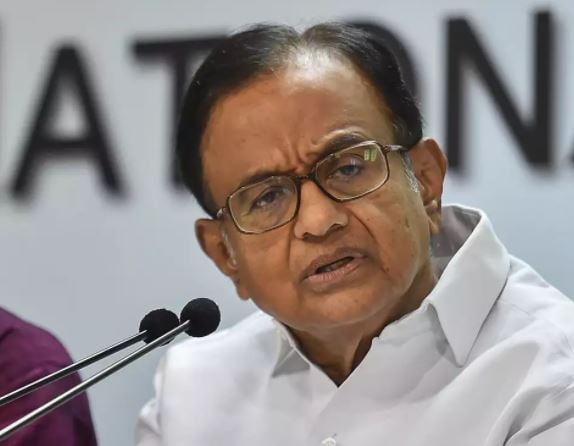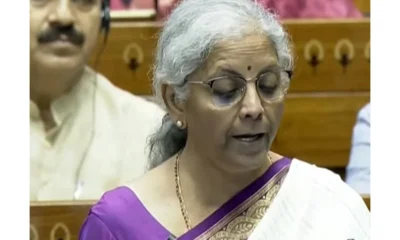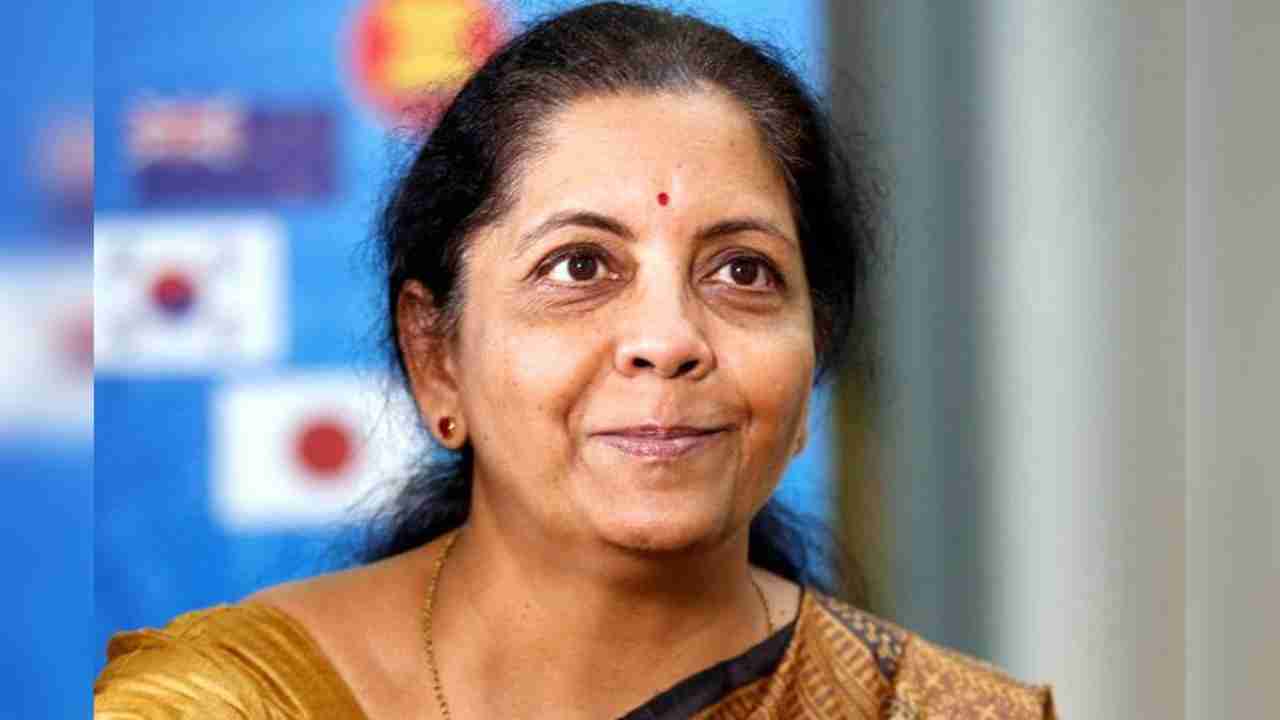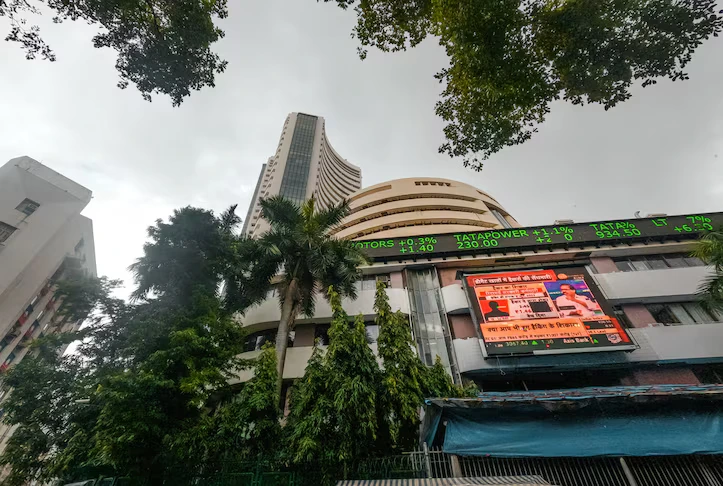Economy news
Finance Minister Nirmala Sitharaman announces leave travel voucher, festival advance to boost consumer demand
The FM announced proposals regarding consumer spending and capital expenditure. She said the coronavirus pandemic has adversely affected the economy but the government’s Atmanirbhar Bharat package has addressed the needs of poor and weak sections of society.

Economy news
ITR filing last date today: What taxpayers must know about penalties and delays
The deadline for ITR filing ends today, September 15. Missing it may lead to penalties, interest charges, refund delays, and loss of tax benefits.
Economy news
India’s GDP surges 7.8% in Q1, outpaces estimates and China
India’s GDP surged 7.8% in Q1 2025-26, the highest in five quarters, driven by strong services and agriculture sector growth, according to NSO data.
Economy news
Sensex falls 600 points, nifty slips 180 as US tariffs hit Indian markets
Indian equity markets witnessed sharp declines as US tariffs on Indian imports took effect. Sensex dropped over 600 points, while Nifty fell nearly 180 points in early trade.
-

 India News21 hours ago
India News21 hours agoPM Modi welcomes Vladimir Putin with warm hug as Russian President begins India visit
-

 India News20 hours ago
India News20 hours agoDelhi to install 305 mist sprayers across 9 major pollution hotspots
-

 Cricket news21 hours ago
Cricket news21 hours agoRavi Shastri warns critics against messing around with Virat Kohli and Rohit Sharma
-

 India News6 hours ago
India News6 hours agoIndiGo flight chaos deepens as over 500 services cancelled, passengers stranded for hours
-

 India News5 hours ago
India News5 hours agoRBI cuts repo rate to 5.25%, paving the way for cheaper loans
-

 Latest world news5 hours ago
Latest world news5 hours agoAsim Munir appointed Pakistan’s first Chief of Defence Forces, to serve 5-year term
-
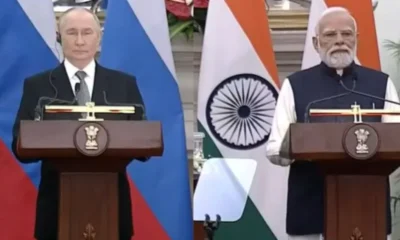
 India News25 mins ago
India News25 mins agoIndia and Russia vow to walk together against terrorism, reaffirm strategic partnership
-

 Entertainment17 mins ago
Entertainment17 mins agoDhurandhar review: Ranveer Singh roars back, Akshaye Khanna shines in intense spy thriller




